A passion for life and a heart full and desire to express is what at times can keep you going, waking up in the morning and excited for life. Monika certainly expressed that in her home, where her creativity could be felt when we’d sit down at the table with her. The late Monika…who’s real name was not actually Monika but Lusia Salash - was someone very dear to us. Although Totya Lusia (Auntie Lusia), is how my mum and auntie Marina would refer to her when they were growing up. Monika - I suppose is best to describe as her ‘stage’ name, but It was the name she was eventually always called, it was the name she transitioned to reflect and the woman she became, and she suited it…she became Monika to others, and to herself. The story goes like this. One day after one of her dinner parties where they were chatting about a famous movie character and actress who was called “Monika”, her circle of friends and relatives started calling her by that name because the movie actress reminded them of her.
Monika (Lusia Salash) was my Belarusian Babushka’s Lida’s very good friend but also the wife of my Babushka Lida’s cousin. She was family. Monika also lived in Baranovichy just a few minutes drive from my babushkas apartment, and she too had a dacha (plot of land and house) around the corner from ours outside the city. I used to love going to her apartment and her village house to explore what she had cooked up, created, grown or plotted. She took such care in her home, in the food she cooked and the space she created at her dacha, so when she eventually sold it, it was painfully sad to walk past it knowing she had let go of that space and the love she poured into every corner of that dacha.
In one of my visits to Belarus, I went to watch her cook her infamous Rogaliki. She invited me into her kitchen and we baked these yeasted biscuits filled with jam. Rogaliki are buttery but with the addition of yeast so imagine a shortbread that is slightly puffier, less crumbly yet still with a bite. The shape remind me of little biscuity crescent shaped croissants almost, which they are often described as and even though i’ve found a few variations of these throughout Eastern Europe with various doughs and pastries, I really enjoy these by Monika. So it was only meant to end up as a recipe in my cookbook Sour Cherries & Sunflowers. There was never a dinner or lunch party at her home, without a cake stand full of these freshly baked rogaliki.
I wish I could go back in time to spend another day with Monika. At her table or in her kitchen apartment. Growing up and travelling back to Belarus, we’d always visit Monika. She’d without a question, invite us to her home for a long lunch or dinner that would end beyond ones bedtime. Even in her last years. She’d cook for days and I recall entering her apartment and living room where a table would take up most of the free space and the table would be covered in her staple celebratory glassware and plates. Rogaliki, would always be present and she’d serve them on one of her crystal cake stands. So it was only meant to be when I was planning the recipe looks for the book that they needed to be photographed in a cake stand. Her zest for life was felt in her presence. She’d sing us songs around the table after we’d finish eating. And i’ll always remember her voice, her smile and eyes as they’d light up when we’d enter her home - she truly felt joy hosting others, a joy I think she shared with mum and I, my auntie, my cousin and others..something that I hope to pass on and I remember when people enter my home.
I’d often end up wondering around her home, as each corner was filled with something particularly interesting. Either a piece of memorabilia, photos of her life, or other trinket with a story attached. Her cupboards were a thing of beauty as they would be full of large jars of preserved gherkins, tomatoes, plum jams, whole preserved fruits, sour cherry kompot preserved for the winter and many other beautiful preserved fruits and vegetables.
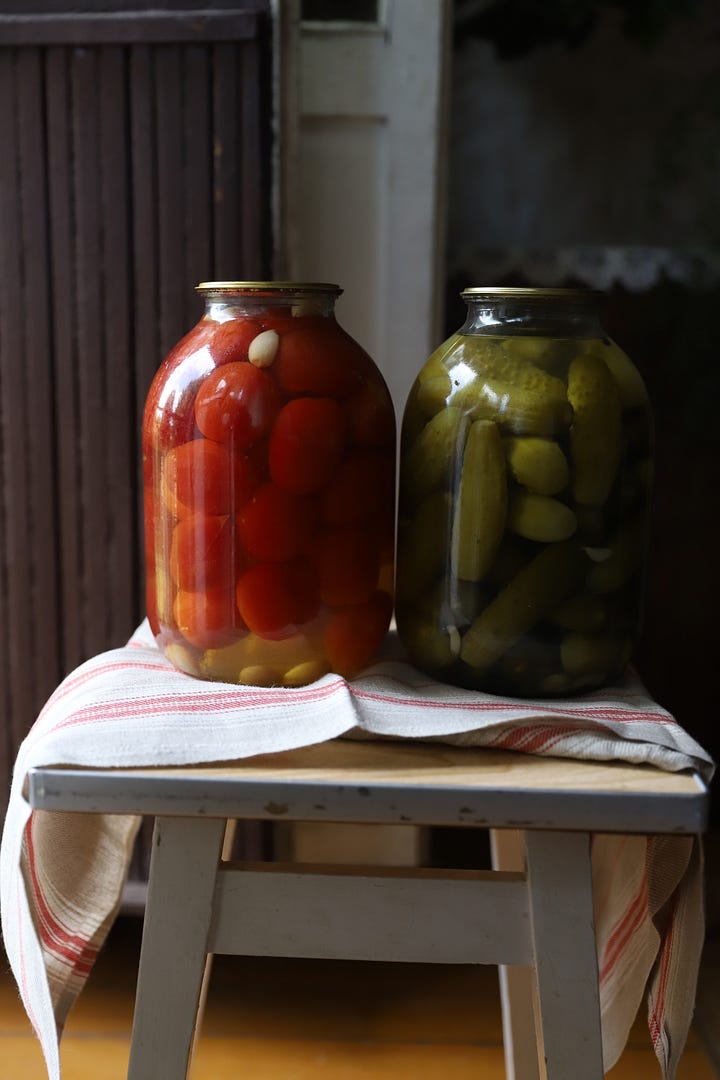


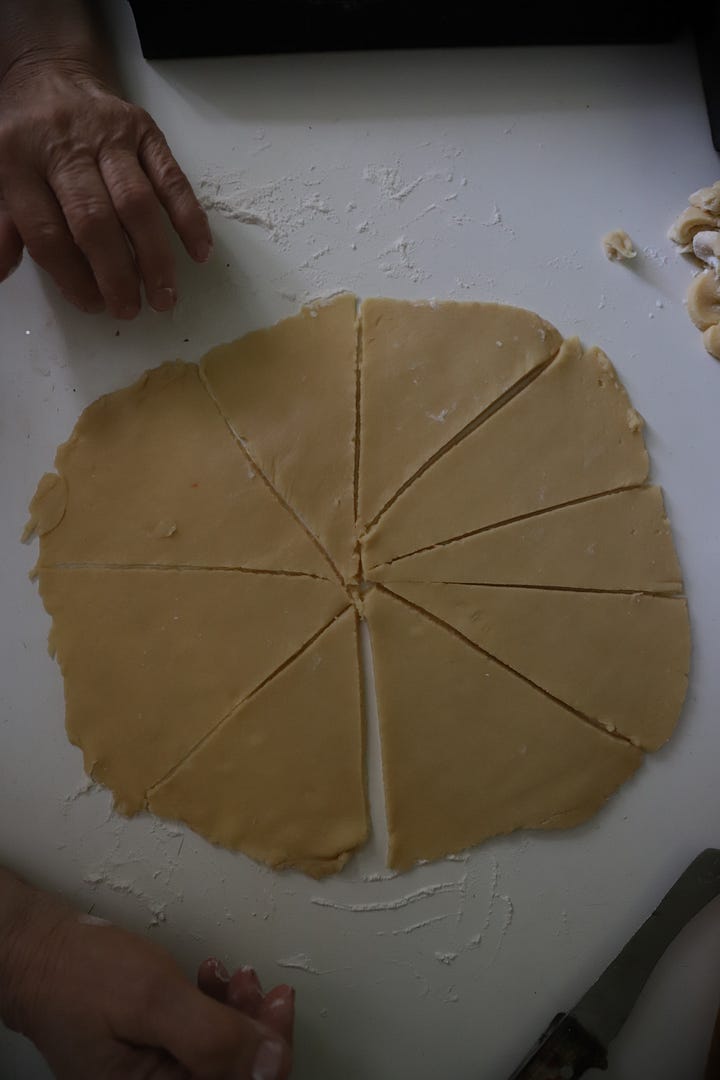
Recipe and Extract from my cookbook Sour Cherries & Sunflowers. You can find it online here. Or in your local bookstore. You can easily double the recipe if you’d like to make a larger batch. I hope you enjoy! Let me know what you think if you try making these.
Monika’s Plum Rogaliki
Rahaliki sa slivovym varenniem
My babushka Lida’s lifelong best friend, Monika, was always up for a dinner party whenever we visited. Walking into her apartment in Baranavichy, a table would be set and covered with so many plates and platters of food that you could barely see the tablecloth, including a crystal cake stand that she’d fill with these freshly baked plum rogaliki. During one of my last trips, I spent an afternoon making these with her. She showed me how to roll, fill and bake them as we sipped first on coffee and then nalivka (homemade fruit wine) while the buttery pastries in the oven filled her home with their incredible smell.
These flaky biscuits have depth, texture and softness all at once. There are versions of rogaliki made throughout Poland, Ukraine, Belarus, Lithuania and beyond. I like to make my own plum jam for these (see page 86). I have also made these with apricot jam, lingonberry jam, and a crushed walnut, cinnamon and sugar filling.
Makes 32 Rogaliki
125ml (4fl oz) lukewarm milk
2 Tbsp sugar
4g (1/8oz) fast-action dried yeast
350g (12oz) plain (all-purpose) flour,
plus extra for dusting
small pinch of salt
200g (7oz) butter, diced and at
room temperature, plus extra
for greasing
270g (9.oz) plum jam (jelly)
egg wash (1 small egg beaten with
a dash of milk)
icing (confectioner’s) sugar, for dusting
Put the lukewarm milk in a bowl and mix in the sugar and yeast. Set aside for 10 minutes or until frothy. Sift the flour into the bowl of an electric stand mixer fitted with a dough hook. Add the salt and butter, then pour the yeast mixture into the bowl. Mix for 5 minutes on a slow–medium speed. (You can also make the dough by hand: mix the ingredients together in a bowl and then knead by hand until smooth.) Once the dough has come together, shape it into a smooth round ball and place in a buttered bowl, covered with cling film (plastic wrap). Leave to rest and rise slightly for about 1. hours. It’s quite a heavy dough, so don’t expect it to rise as much as lighter yeast doughs. It should look dense but slightly expanded.
Preheat the oven to 180 degrees C fan/200 degrees C/400 degrees F/Gas mark 6. Line two baking trays with baking paper. Remove the dough from the bowl and place on a lightly floured surface. Use your hands to shape it into an even cylinder, then score with a sharp knife to mark where to slice it into four equal pieces. Slice through the score marks and shape your four pieces into balls.
Lightly flour your worktop. Place one piece of dough in the centre and use a lightly floured rolling pin to roll it into a roughly even circle that is 2mm (1/16in) thin. Cut the circle into eight even triangles by first cutting it in half, then into quarters and then eighths. Place a teaspoon of jam 1cm (.in) from the curved edge of the first triangle. Lift the edge and fold it over the jam, then roll it until you reach the point. Curve in the two ends to form a crescent shape. Repeat with the remaining seven triangles.
Transfer the rogaliki to the baking trays as you make them – they’re fine to sit side by side in the tray. Repeat with the remaining dough pieces, rolling, cutting and filling to make eight rogaliki from each piece and, once your trays are full, brush the tops with the egg wash. Bake for 25–30 minutes or until risen and slightly golden in colour (the timing depends on your particular oven so check them regularly). Remove from the oven and place on wire racks. When the rogaliki have completely cooled, sift icing sugar over the top. These are best eaten fresh on the day, but they will last up to a week if stored in an airtight container, and can easily be frozen.







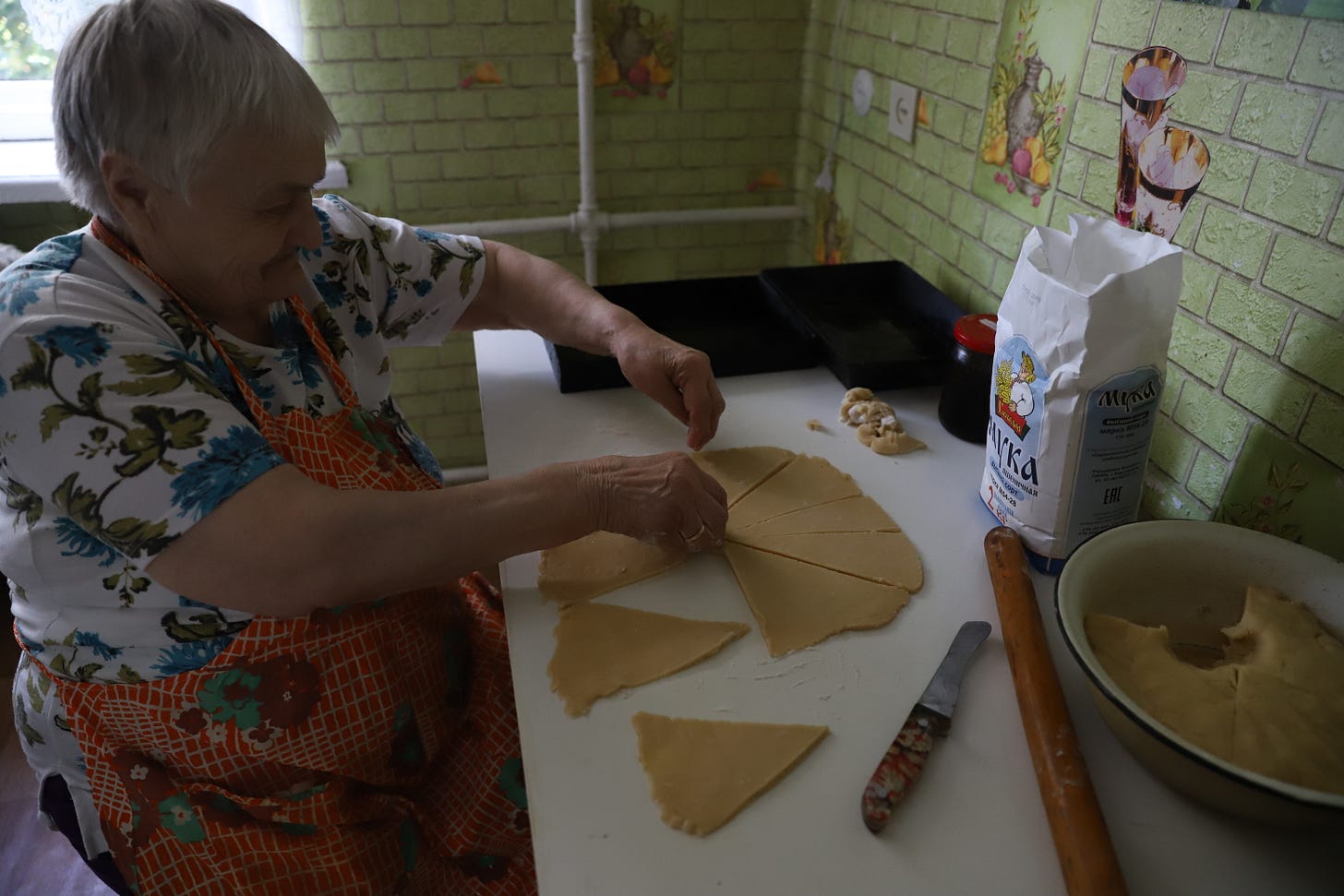

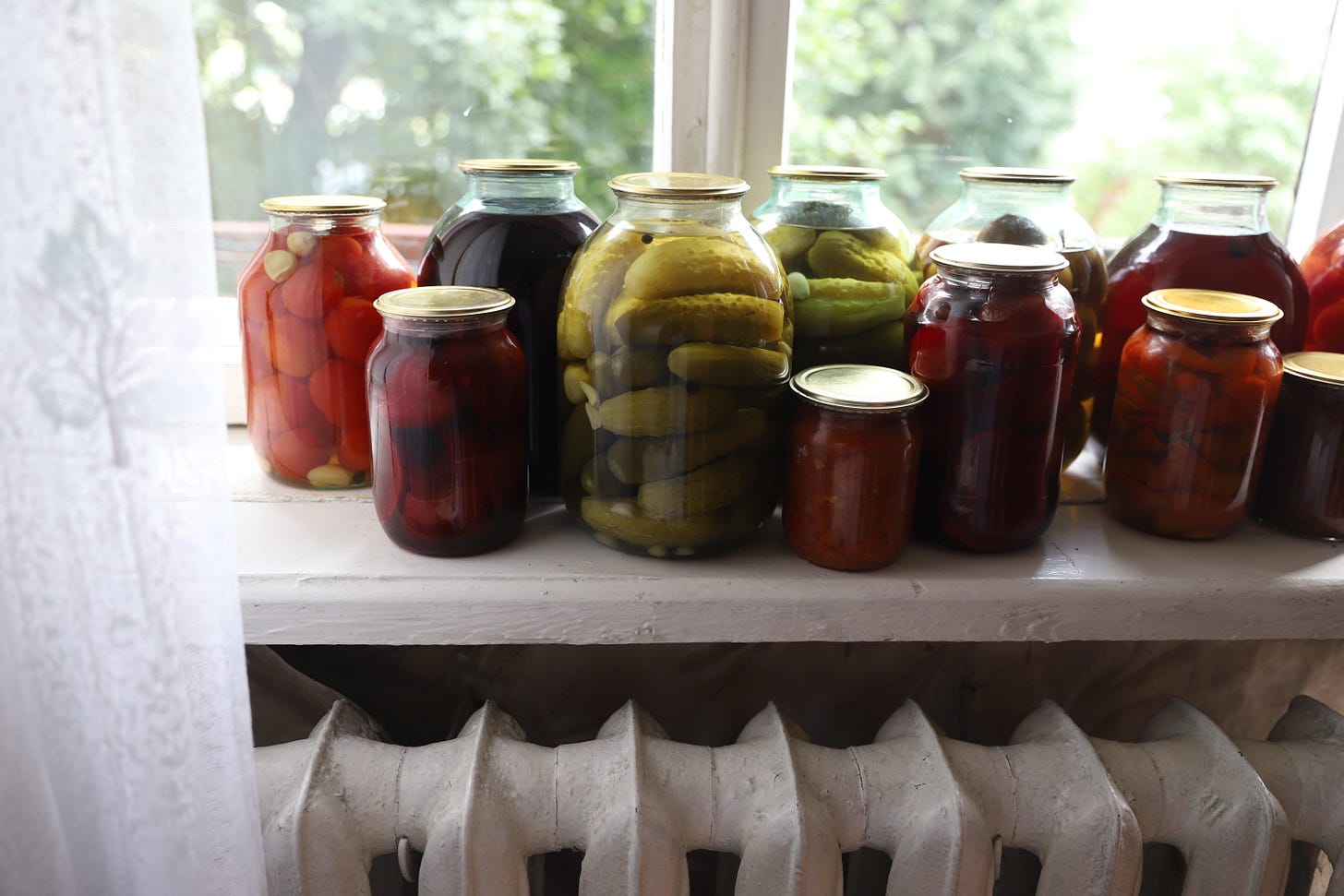

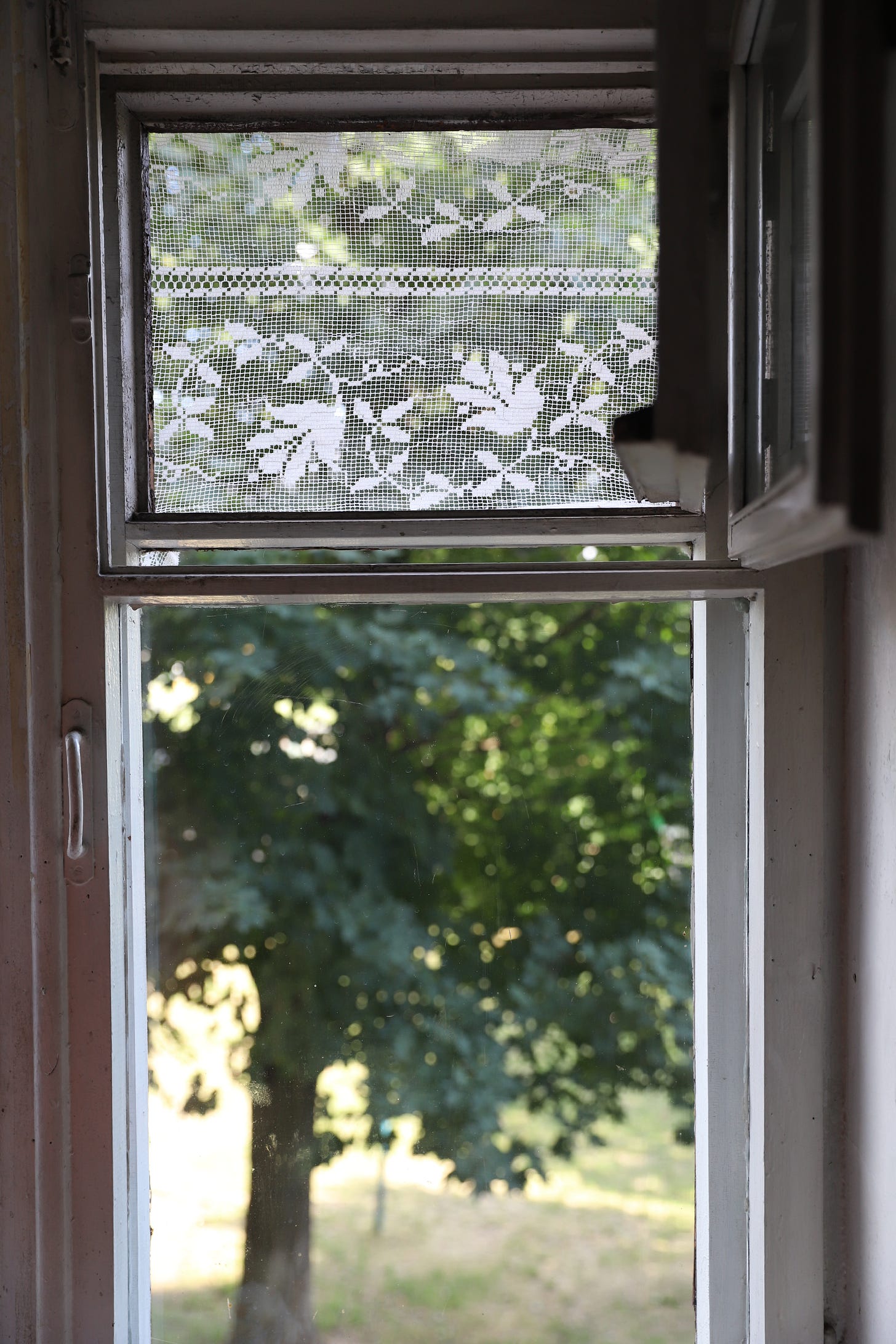

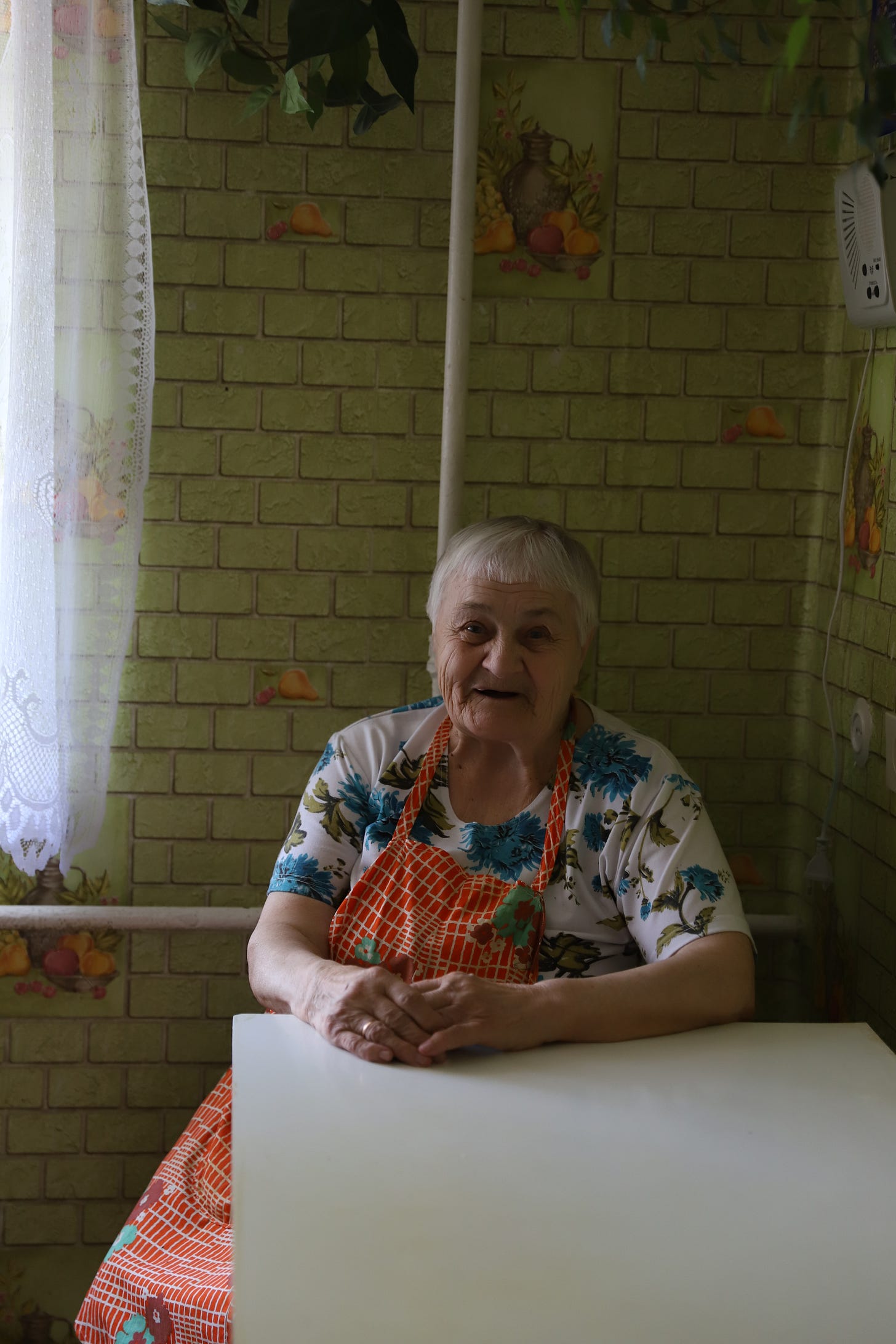

A lovely story , thank you! I look forward to reading your book.